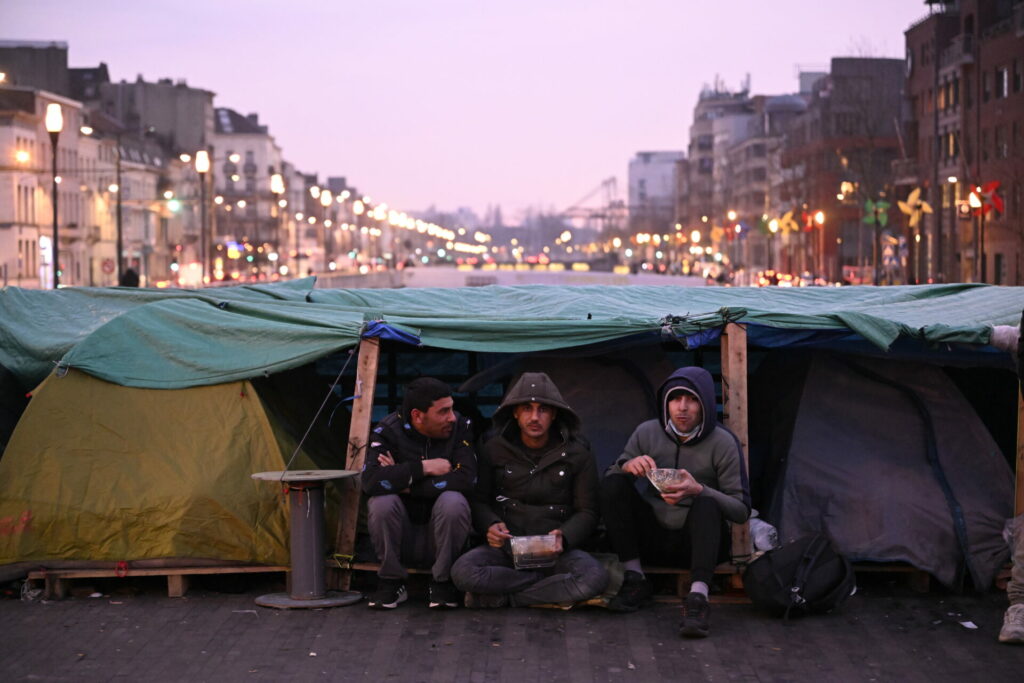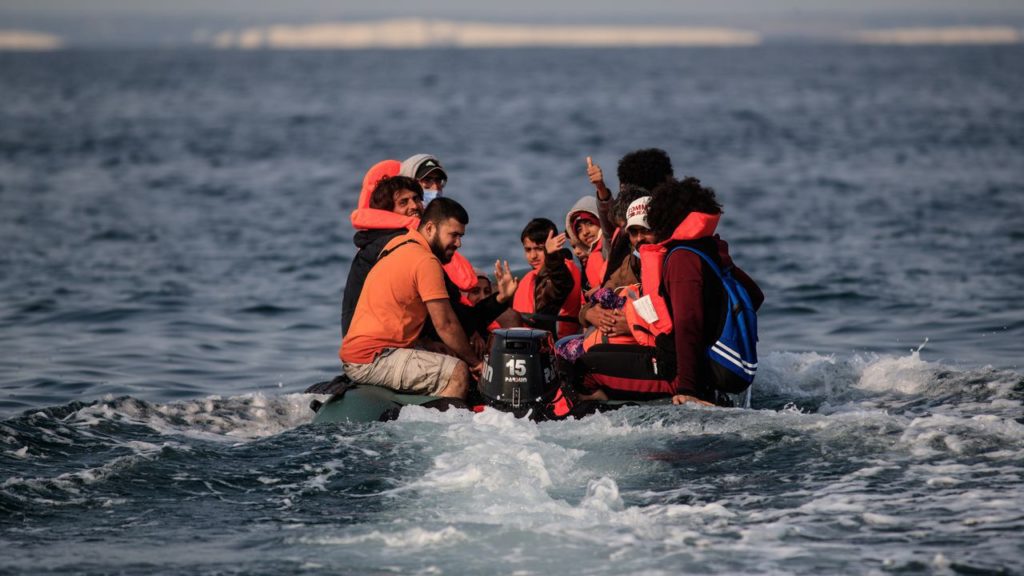Wednesday saw the European Parliament and Member States conclude a years-long dispute to reform the EU migration policy that will make solidarity between EU nations a requirement in order to share the burden more equitably.
The provisions set out in the Pact on Migration and Asylum have been hotly contended. Although details are yet to be finalised, the key points have been decided and come after years of migration that have overwhelmed national and civil reception organisations and led to borders being strictly guarded – often with dire humanitarian consequences.
The reform will firstly entail greater monitoring of migrant arrivals in the EU, with border centres obliged to swiftly return those not entitled to asylum. It also sets out a mandatory solidarity mechanism that will provide financial aid to states under migration pressure.
Enhanced checks at EU entry points for migrants will be made mandatory, with identification and security checks lasting up to seven days.
After this period has lapsed individuals will either be designated for an asylum procedure or sent back to their respective country of origin or transit.
Countries of arrival will be tasked with gathering fingerprints, facial photos, and identity documents. These will be loaded onto the Eurodac database, which now applies to children from the age of six.
Intentionally long detentions
Asylum seekers who statistically have the least chance of obtaining international protection – such as nationals from Morocco, Tunisia, and Bangladesh, where the refugee status recognition rate is less than 20% on average in the EU – will be directed towards a "border procedure". This procedure will create around 30,000 places in dedicated centres, with the aim of accommodating up to 120,000 migrants annually.
It is likely that the majority of arrivals entered into this process will face detention. However, French MEP Fabienne Keller, a rapporteur for the pact, has stated that alternative measures that also limit freedoms might be possible. Yet the plan was firmly denounced by Stephanie Pope, a migration policy adviser for Oxfam. She criticised the agreement on the grounds that it will "increase detentions, particularly of children and families, in prison-like centres."
The duration of the border procedure will be twelve weeks, to which another twelve weeks can be added for return procedures. The entire process will be capped at six months.

Tents in front of the Petit Chateau earlier this year housing asylum seekers. Credit: Belga / Laurie Dieffembacq
As in the to-be superseded Dublin III regulation, the new policy maintains the rule that the first EU country that a person seeking asylum enters is responsible for examining their case.
However, additional criteria have been introduced that allow asylum requests to be examined in a country other than the entry point. The change comes after the first-country entry rule put unequal pressure on southern European countries. To address the imbalance, a mandatory solidarity mechanism aims to relieve Member States struggling with migratory pressure.
This will see other EU states accept asylum seekers ("relocations") or provide financial aid. It is expected that at least 30,000 asylum seekers will be relocated each year from countries under migratory pressure. In cases where the relocation is rejected, the country must instead pay financial compensation of €20,000 per person.
The reform also makes provision for a response to a massive, unprecedented influx of migrants as seen during the 2015-2016 refugee crisis in which over a million people entered EU territory. Though annual arrivals have fallen far below this, they still number in the hundreds of thousands (at time of writing the UN Refugee Agency estimates 259,517 have arrived in 2023).
A solidarity mechanism will then be rapidly triggered for the affected state, implementing a less protective emergency regime for asylum seekers as compared to usual procedures.
Related News
- 'Staggering disparity' between treatment of Ukrainian refugees and asylum seekers in Belgium
- Homeless shelters in Brussels get 500 more places for asylum seekers
The new text also extends the possible detention period of a migrant at the EU’s external borders. This can now last up to nine months, including return procedures. However it aims to streamline the examination of asylum requests to facilitate quicker returns.
The controversial concept of a "safe third country", whereby a Member State could reject an asylum request due to the applicant passing through a third country deemed "safe" and where protection could have been sought, is also part of the reform. But there must be a "link" between the individual concerned and the third country for this to apply.

